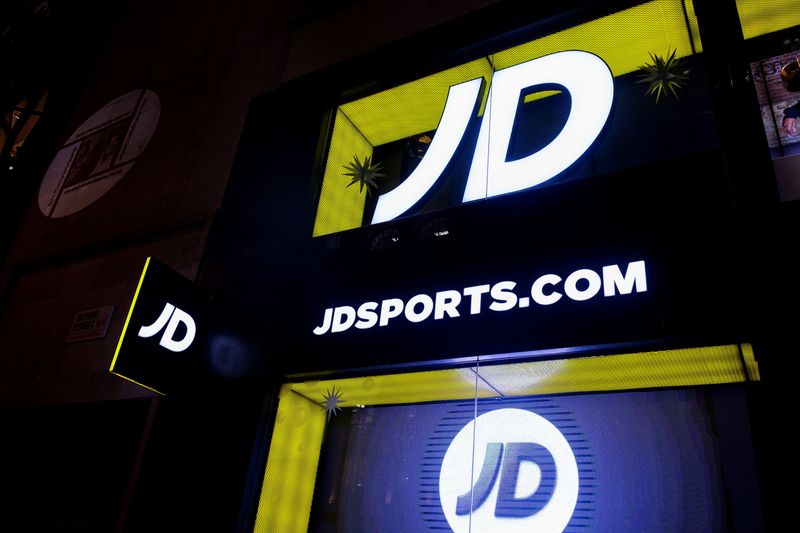Fashion
JD Sports Fashion Plc: Race to scale

Despite a clear slowdown in growth and inflation-impacted margins, the sportswear chain, which reported its annual results at the end of last week, remains on the offensive.
It is pursuing its expansion strategy in the United States with the acquisition of Hibbett, announced at the end of April. The Alabama-based group’s continental network cleverly complements JD’s American portfolio, currently established on both coasts.
It is noteworthy that this $1.1 billion acquisition was carried out at a multiple that was a priori very attractive for JD. The British company is paying the equivalent of x6 the American company’s EBITDA, and x11 its profits. Did Hibbett’s shareholders see this as a way out of the hyper-difficult sporting goods retail sector?
Perhaps, but that won’t stop JD from playing its hand. Earlier this year, the group now headed by Régis Schultz – an ex-Monoprix man – announced that it would invest £3 billion in opening a further 1,750 stores; as it stands, its footprint stands at 3,400 stores.
JD, it’s true, has an exceptional growth track record. However, there are real fears that it has reached the end of its model. At the beginning of 2021, the British company had carried out a capital increase and placed new shares at a price comparable to today’s – £145p, adjusted for the subsequent 5:1 split.
The major sportswear brands – Nike and others – intend to regain control of their distribution channels, so as to be able to raise their prices. The race for scale is therefore critical for JD, which must keep this advantage as a bargaining chip against the brands.
If the latter can’t do without the outlet offered by JD, they will be forced to grant it substantial discounts – a sine qua non condition for attracting traffic to their stores. That, in a nutshell, is the gamble.
We can also see that the market is only timidly buying in. JD’s valuation itself is based on x7 EBITDA and x10 free cash flow for the last fiscal year.









